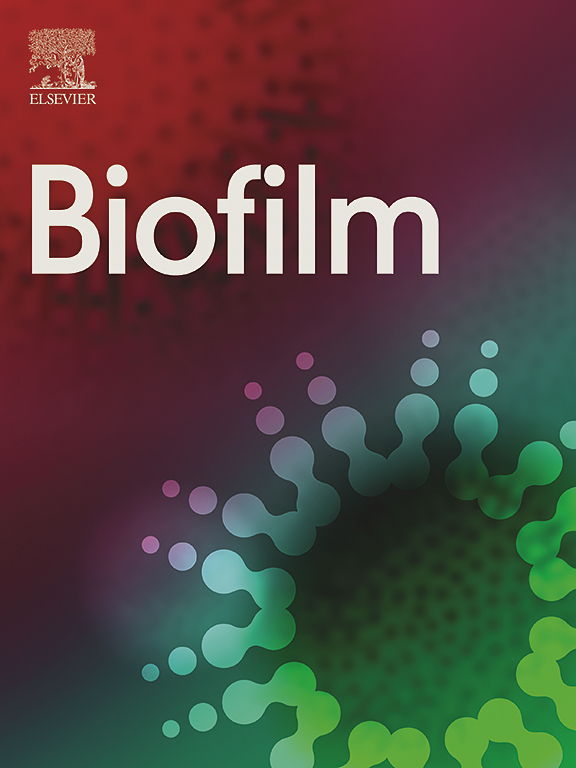Elevated miR-34a induced by lipotoxicity and inflammation mediates pathophysiological communication between hepatocytes and hepatic stellate cells in liver fibrosis
IF 9.4
2区 医学
Q1 BIOCHEMISTRY & MOLECULAR BIOLOGY
引用次数: 0
Abstract
Increased mortality in patients with metabolic dysfunction-associated steatotic liver disease (MASLD) imposes an urgent need to elucidate the pathogenesis of MASLD so that novel therapeutic strategies may be identified. Here, we delineate the mechanism of microRNA-34a-5p (miR-34a) in the progressive liver injury of MASLD and liver fibrosis. Specifically, liver tissue from patients with obesity-associated hepatic steatosis, metabolic dysfunction-associated steatohepatitis (MASH), and fibrosis, as well as liver tissues from a human MASLD-like mouse model, were utilized for this study. We found that lipotoxicity resulting from obesity or saturated free fatty acid treatment induced miR-34a expression in human liver tissue or mouse hepatocytes, which was accompanied by dysregulation of lipoprotein metabolism, activation of inflammation, and ballooning degeneration of hepatocytes. Moreover, increased cellular miR-34a induced by treatment with saturated fat, palmitic acid, or transfection of miR-34a mimic was released from injured hepatocytes into the conditional cell culture media, which mediated pathological communications between hepatocytes and hepatic stellate cells, activated pro-fibrogenic signaling in hepatic stellate cells, and induced extracellular matrix remodeling. These phenotypes were recapitulated in a human MASLD-like mouse model in which MASLD and liver fibrosis were induced via streptozotocin treatment and high-fat feeding. Elevated expression of miR-34a was found in mouse liver tissues, which conveyed the progressive liver injury from steatosis to MASH and liver fibrosis. Our findings demonstrate that elevated miR-34a induced by lipotoxicity and metabolic inflammation are key driving factors in the progressive liver injury from simple steatosis to MASH and liver fibrosis.
脂毒性和炎症诱导的miR-34a升高介导肝纤维化中肝细胞和肝星状细胞之间的病理生理通讯
代谢功能障碍相关脂肪变性肝病(MASLD)患者死亡率增加,迫切需要阐明MASLD的发病机制,以便确定新的治疗策略。在这里,我们描述了microRNA-34a-5p (miR-34a)在MASLD进行性肝损伤和肝纤维化中的机制。具体来说,本研究使用了肥胖相关肝脂肪变性、代谢功能障碍相关脂肪性肝炎(MASH)和纤维化患者的肝组织,以及来自人类masld样小鼠模型的肝组织。我们发现,肥胖或饱和游离脂肪酸处理导致的脂肪毒性可诱导人肝组织或小鼠肝细胞中miR-34a的表达,并伴有脂蛋白代谢失调、炎症激活和肝细胞的球囊变性。此外,饱和脂肪、棕榈酸处理或转染miR-34a模拟物诱导的细胞miR-34a增加从损伤的肝细胞释放到条件细胞培养基中,介导肝细胞和肝星状细胞之间的病理通讯,激活肝星状细胞中的促纤维化信号,诱导细胞外基质重塑。这些表型在人类MASLD样小鼠模型中重现,其中通过链脲佐菌素治疗和高脂肪喂养诱导MASLD和肝纤维化。小鼠肝组织中miR-34a表达升高,将肝损伤从脂肪变性发展到MASH和肝纤维化。我们的研究结果表明,脂肪毒性和代谢性炎症诱导的miR-34a升高是从单纯脂肪变性到MASH和肝纤维化的进行性肝损伤的关键驱动因素。
本文章由计算机程序翻译,如有差异,请以英文原文为准。
求助全文
约1分钟内获得全文
求助全文
来源期刊

Genes & Diseases
Multiple-
CiteScore
7.30
自引率
0.00%
发文量
347
审稿时长
49 days
期刊介绍:
Genes & Diseases is an international journal for molecular and translational medicine. The journal primarily focuses on publishing investigations on the molecular bases and experimental therapeutics of human diseases. Publication formats include full length research article, review article, short communication, correspondence, perspectives, commentary, views on news, and research watch.
Aims and Scopes
Genes & Diseases publishes rigorously peer-reviewed and high quality original articles and authoritative reviews that focus on the molecular bases of human diseases. Emphasis will be placed on hypothesis-driven, mechanistic studies relevant to pathogenesis and/or experimental therapeutics of human diseases. The journal has worldwide authorship, and a broad scope in basic and translational biomedical research of molecular biology, molecular genetics, and cell biology, including but not limited to cell proliferation and apoptosis, signal transduction, stem cell biology, developmental biology, gene regulation and epigenetics, cancer biology, immunity and infection, neuroscience, disease-specific animal models, gene and cell-based therapies, and regenerative medicine.
 求助内容:
求助内容: 应助结果提醒方式:
应助结果提醒方式:


